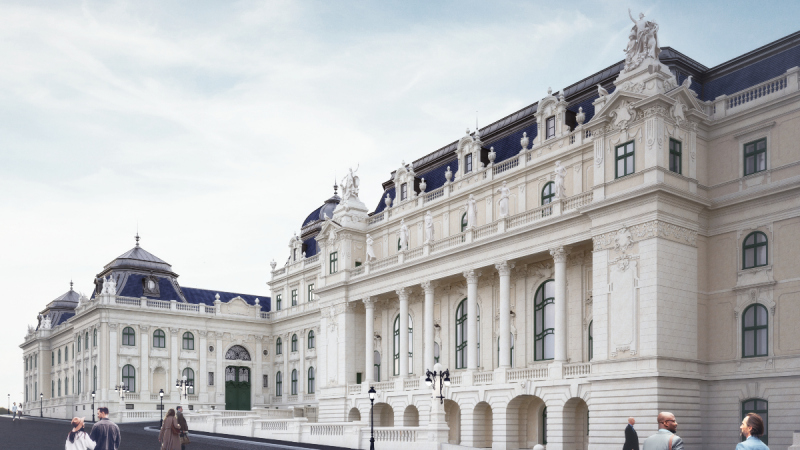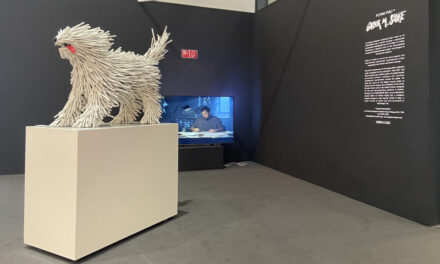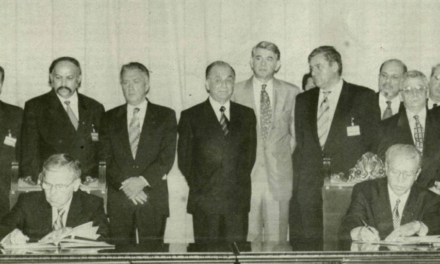A detailed technical, architectural, art-historical and functional survey of the Budavári Palace has been completed, and planning for the complete restoration of the building complex has begun.
One of the most important goals of the National Hauszmann Program is to allow the Buda Castle to once again shine in its turn-of-the-century light.
At the turn of the century, a 250-meter row of spaces was created on the Danube side of the building with the spaces opening from each other, which continued in the direction of the Krisztinaváros wing, for a total length of about 350 meters. This series of rooms was the second largest in Europe after the Palace of Versailles
- announced the Castle Administration to MTI on Friday.
As they remind
the dignified reconstruction of the palace is a huge task, since the building complex, which was damaged in the Second World War, was significantly transformed during the communist regime. In many places, the allocation of the rooms and floors was changed, the valuable and sophisticated interior decoration was destroyed or covered up, thereby eliminating the openness that the series of adjoining spaces provided on the main floor and which visually connected the palace to the Danube.
The Castle Administration regarded the reconstruction of the southern connecting wing, which also includes the St. István Hall, as a trial task for the complete restoration of the palace. From August 20, the facade and interior structure, including the legendary historical room, can be viewed here in their original form. In the course of the work, it was possible to gain valuable experience that can be utilized in the rest of the building complex as well, they said.
The full technical, architectural, art-historical and functional survey of the palace, which has been expected for many decades, has now been completed. With this, the post-war transformations, the condition and location of public utilities can now be accurately known. After the survey was completed, planning for the building's reconstruction and future use could begin, the Castle Administration announced.
Robert Gutowski is leading the planning of the restoration of the complex. The award-winning architect Pro Architectura has already worked on several outstanding projects with his office: such as the Szent II in Páty. Pope János Pál's church, the new concert hall of the Pannonhalmi Archabbey or the Naplás-tavi lookout.
In addition, the designs of Robert Gutowski Architects were also finalists in the design tenders for the expansion of the Shenzhen Opera House, the National Concert Hall in Vilnius and the National Museum in Helsinki, and the office can also boast of several Hungarian and international awards, reminds the Castle Administration.
MTI
Photo: Castle Administration












